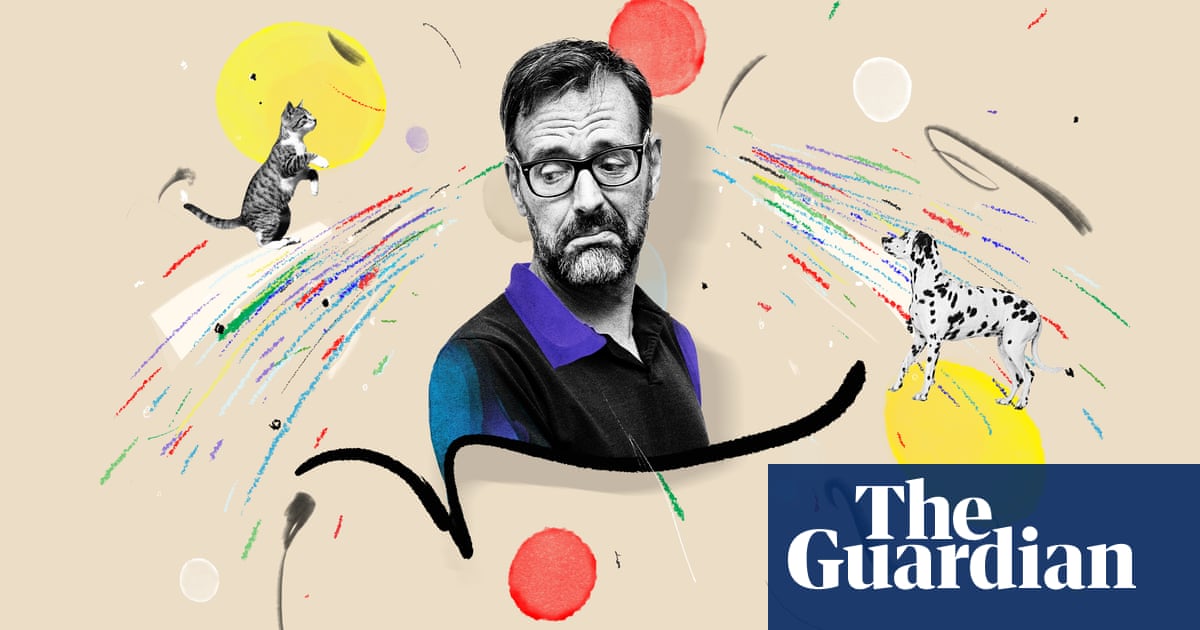
Investors are increasingly exposed to American stocks through funds that track indexes, such as the S&P 500 Index. With the occasional hiccup, this strategy has served them well since the market’s recovery in early 2009. At current valuation levels, however, the most popular benchmark index is priced to deliver negative returns in future years. To believe otherwise is to suggest that “this time is different”, which, as every investor knows, are four of the most dangerous words in the English language.
Many tools have been developed to predict the returns of the American stock market. The cyclically adjusted price earnings ratio created by Yale University economist Robert Shiller is best known. Historically, Shiller’s CAPE has proved a reliable predictor of returns over the medium term. Right now, the CAPE is more expensive than at the market peak in 1929, and close to its level at the height of the dot-com bubble. For the CAPE to return to its historic average, U.S. stocks would have to decline by nearly 50%.
Whereas Shiller’s CAPE is based on profitability, another measure, known as Tobin’s Q, values the stock market relative to the replacement cost of corporate assets. This valuation tool has long been championed by veteran City of London economist Andrew Smithers. Tobin’s Q closely tracks the Shiller model and likewise suggests that American stocks would have to fall by half before the market reached fair value.
A valuation model developed by GMO, the Boston-based money manager (and my former employer), is based on the mean reversion of equity valuations and profits. Given that the U.S. market’s price-to-earnings ratio is currently around 3 times above its historic average, stocks would have to fall by 8% a year for seven years to reach fair value.
Other measures, such as the total market capitalisation of stocks relative to GDP – Warren Buffett’s favourite gauge – are also flashing red. The trouble is that markets can remain overpriced for what seems like an eternity. Smithers points out that valuation peaks for Tobin’s Q occur only once every 20 years. Shiller’s CAPE first came to public notice in 1996, when he and a colleague made a presentation to the Federal Reserve, prompting Chairman Alan Greenspan’s famous utterance about “irrational exuberance”. That didn’t stop stocks from doubling again before their peak in early 2000. (Shiller’s CAPE is currently a third higher than at the date of Greenspan’s warning.)
The fact that interest rates are at historically low levels has brought traditional valuation measurements into question. Even Shiller has got cold feet. Last November, the Nobel laureate suggested that “when interest rates fall, the discount rate used in these (valuation) models decreases and the price of the equity assets should appreciate… So, interest rate cuts by central banks may be used to justify higher equity prices and CAPE ratios.”
Shiller has developed a new model which compares the earnings yield on stocks, cyclically adjusted, to the real yield on U.S. Treasuries. At the beginning of May, the awkwardly named “excess CAPE yield” stood at 2.72%, suggesting that equities were not much seriously overpriced relative to bonds. Although the ECY model has been close to zero at previous market peaks, it’s hard to put much faith in this measure – any more than in the so-called “Fed model”, which it closely resembles.
For a start, the model compares apples and oranges. Stocks are claims on real assets, while bonds are claims on nominal assets. Their respective yields don’t always move in the same direction. Besides, when valuing stocks and other investments it is wrong to use the current market rate of interest. According to John Burr Williams, the pioneering economist who in the 1930s popularised the discounted cash flow approach to valuation, the correct discount rate is that which “is expected to be found in the open market in the years to come.”
The trouble is that we don’t know the course of future interest rates. We do know, however, that U.S. bond yields have been falling for nearly four decades and that last year they reached their lowest level in history. We also know that the Fed has used every tool in its power to suppress interest rates, from setting the Fed funds rate at zero, providing guidance on future policy moves (as Chairman Jay Powell memorably put it last June, the Fed was “not thinking about raising rates, we’re not even thinking about thinking about raising rates”) to acquiring trillions of dollars of fixed-income securities.
To argue that current ultra-low interest rates justify high stock prices is also to claim that bond yields have reached a permanently low trough. However, if the Fed’s unprecedented actions herald the return of inflation, as seems plausible, then rising bond yields would remove the single, albeit tenuous, reason for buying stocks at their current valuations. When inflation took off in the early 1970s, Shiller’s excess CAPE yield was around its current level. Nevertheless, U.S. stocks delivered negative returns over the subsequent decade. Given that the stock market is more highly valued today, an even greater bloodbath can be expected.
Measures, such as the CAPE and Tobin’s Q, may not be useful for market timing but, like an elastic band, they tend to snap back when stretched too far. At past bubble peaks, investors were convinced that they were living in a new era in which tried-and-tested valuation tools no longer worked. They have invariably been proven wrong.
Prudent investors should be prepared for disappointing returns on U.S. stocks in the years to come. Given the extreme overvaluation of the market it makes sense to diversify abroad – the share of American stocks in the MSCI World Index currently stands at 65%, a higher level than at any time since the early 1970s. Finally, the selection of skilled active managers rather than passive indexes, like the S&P 500, is likely to prove decisive in the battle for investment survival.












